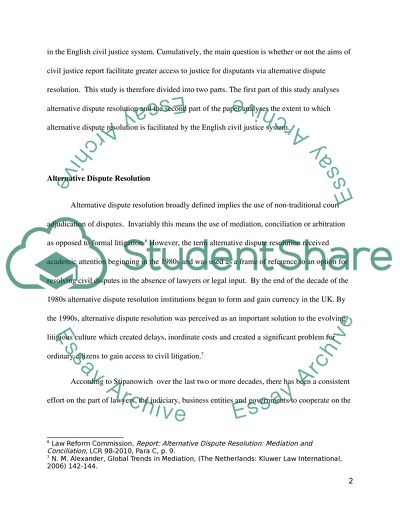Cite this document
(“The Role that Alternative Dispute Resolution Plays in the English Essay”, n.d.)
The Role that Alternative Dispute Resolution Plays in the English Essay. Retrieved from https://studentshare.org/law/1453568-critically-assess-the-role-that-alternative
The Role that Alternative Dispute Resolution Plays in the English Essay. Retrieved from https://studentshare.org/law/1453568-critically-assess-the-role-that-alternative
(The Role That Alternative Dispute Resolution Plays in the English Essay)
The Role That Alternative Dispute Resolution Plays in the English Essay. https://studentshare.org/law/1453568-critically-assess-the-role-that-alternative.
The Role That Alternative Dispute Resolution Plays in the English Essay. https://studentshare.org/law/1453568-critically-assess-the-role-that-alternative.
“The Role That Alternative Dispute Resolution Plays in the English Essay”, n.d. https://studentshare.org/law/1453568-critically-assess-the-role-that-alternative.


